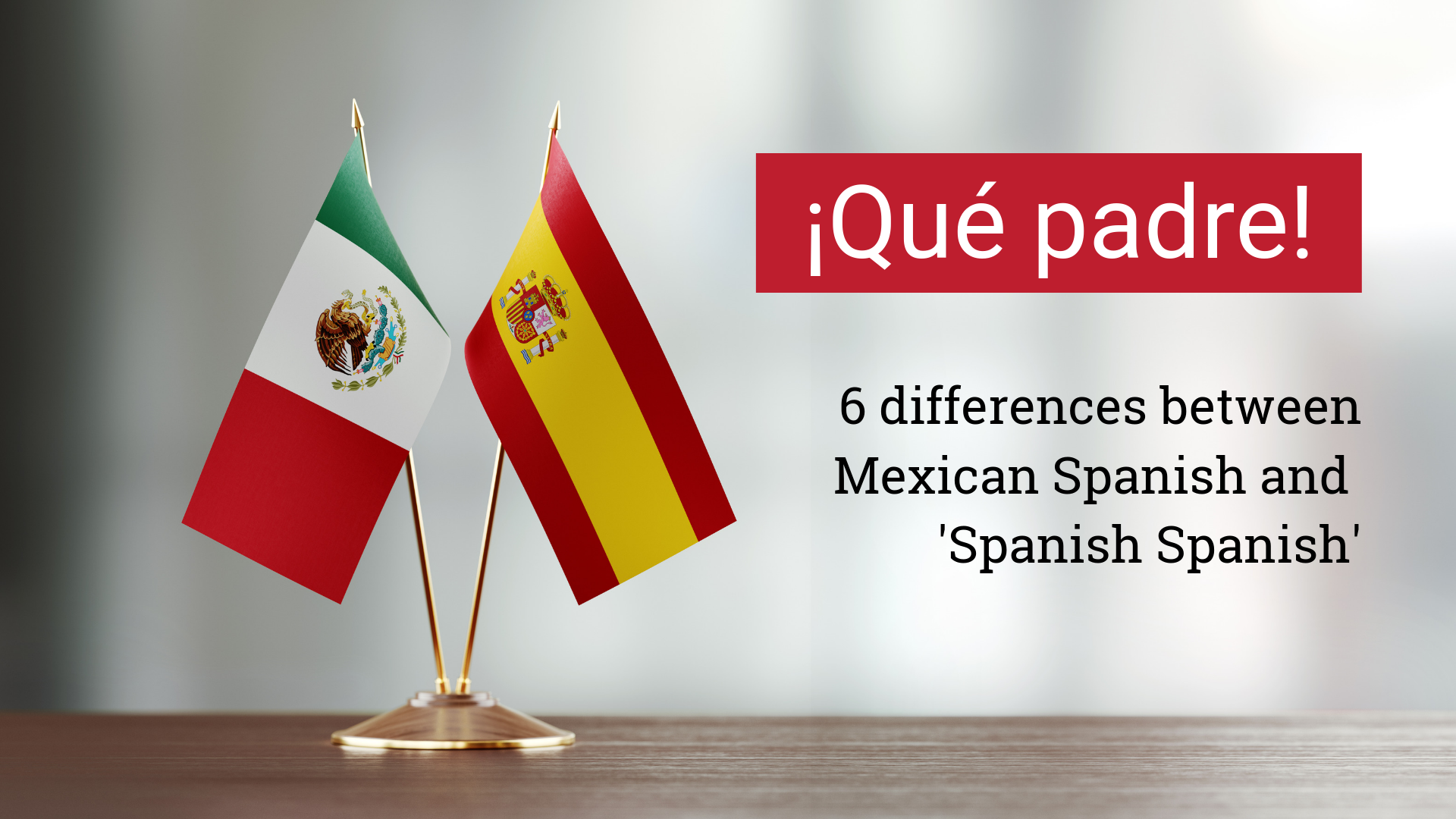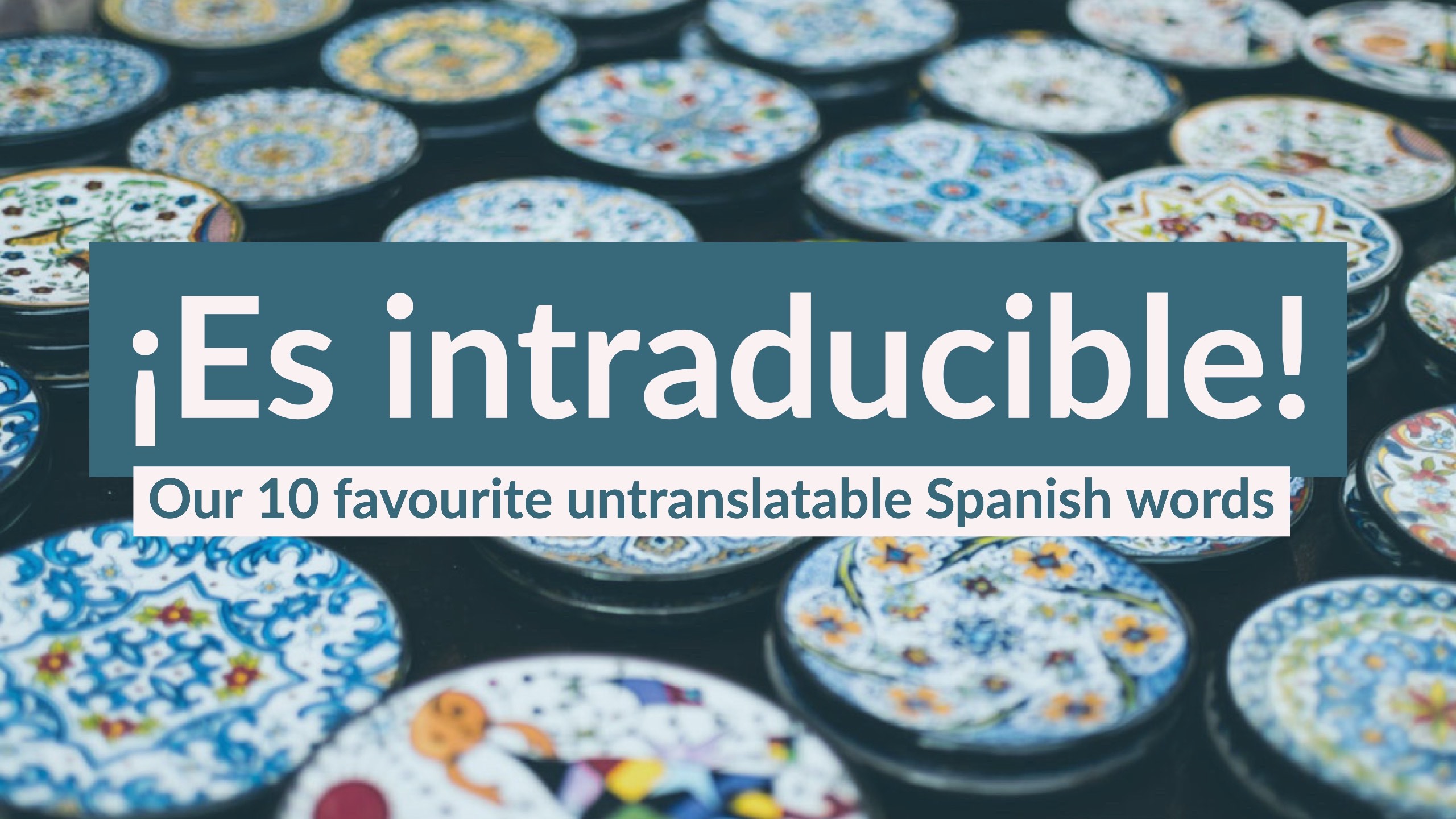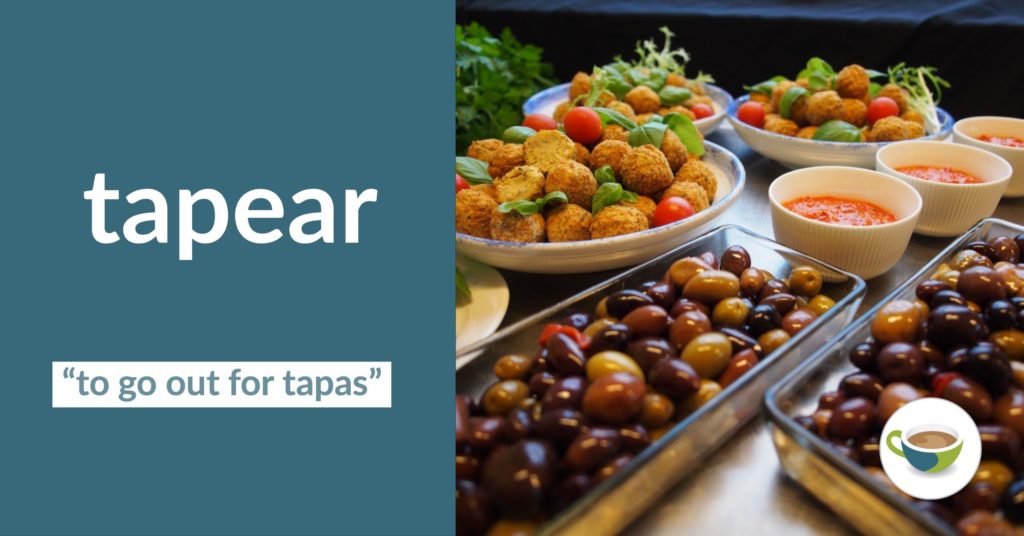¿Vemos una peli? Choosing a film to watch in the language you’re learning can be quite an overwhelming task. Certain foreign-language films may not be as well-known in your country as English-language films, so it’s often hard to know where to even start your search. To help you narrow down your list, we’ve come up with five films for Spanish learners. The films in these lists haven’t simply been selected because they are easy to understand for Spanish learners, but rather because they each bring something beneficial to the life of a Spanish learner. From interesting pieces of cultural knowledge and stunning scenery across the Spanish speaking world, to varied Spanish accents and beautiful storylines, these five films showcase the richness and variety of Spanish-language cinema.
Depending on your level as a learner, you can choose to watch these films with no subtitles, with Spanish subtitles, or with English subtitles, if these options are available to you. The films selected in this list were all released within the last two decades, meaning that they can all be found easily on either major steaming platforms, or on DVD. Whatever your viewing preferences, regularly immersing yourself in the Spanish language for an hour or two through films will do wonders for your Spanish skills: you’ll almost subconsciously pick up new vocabulary and grammatical structures while watching.
Now, before we get started, we’d like to teach you a quick language point. Did you notice the title of this blog article? The phrase de cine can mean ‘of the cinema’ or ‘to do with cinema’ but it can also mean ‘amazing’! So, for example, you can say lo pasé de cine en la playa, which would mean “I had an amazing time at the beach”. We hope your experience watching the films below is de cine! ¡Vamos a empezar! ¡Vamos a empezar!
1. Julieta (2016) – Pedro Almodóvar
No list of great Spanish films would be complete without including a film by the illustrious Spanish director, Pedro Almodóvar. Known for putting strong female leads in the spotlight of his films, Almodóvar’s 2016 drama Julieta is no different, while also displaying the director’s trademark mixture of melodrama and the use of bright colour. More subdued than Almodóvar classics like Mujeres al borde de un ataque de nervios and Todo sobre mi madre, this film follows a brokenhearted woman who attempts to re-establish her relationship with her estranged daughter. Spanish learners will benefit from the clear Castilian Spanish spoken by the titular character, Julieta, and will enjoy the glimpses of majestic Madrid, where she lives in the film.
2. No se aceptan devoluciones (2013) – Eugenio Derbez
The next film on our list is the Mexican comedy-drama No se aceptan devoluciones, which, despite the mixed critical response the film received upon its release, became the highest grossing Mexican film of all time! Set in Acapulco, Mexico, the plot follows partygoer and bachelor Valentín, whose life changes completely when a young daughter he didn’t know he had is left in his care (played by bilingual child actor Loreto Peralta). If you’re looking for something light and comedic, but with a heartwarming story at its core and an unexpected twist, this is the film for you. From a language point of view, this film is perfect for learners, as the Mexican Spanish dialogue is peppered with English lines, too. For anyone interested in the differences between the Spanish spoken in Spain, and the Spanish spoken in Mexico, try watching this film, followed by a film from Spain, and think about the differences you can spot in the use of the language.
3. Cien metros (2016) – Marcel Barrena
With the tagline rendirse no es una opción (giving up isn’t an option), this next film will inspire anyone who watches it. Based on a true story, Cien metros follows the life of Ramón who, after being diagnosed with Multiple Sclerosis in his 30’s, is told he won’t be able to walk 100 metres within a year. Ramón’s response to this news is to enter a gruelling IronMan competition, for which he prepares by following a training schedule set by his eccentric, bad-tempered father-in-law. Comparisons can be drawn with this film and the French film Intouchables, which became an instant classic thanks to its heartwarming storyline. Cien metros is sure to give a burst of motivation to any Spanish learner who may have hit a wall in their language-learning journey.
4. Nueve reinas (2000) – Fabián Bielinsky
Our next film recommendation is a modern classic of Argentinian cinema. Set against the bustling backdrop of central Buenos Aires, Nueve reinas tells the story of two con-artists who attempt to pull off a large-scale scam involving a set of famous stamps known as the Nueve reinas. This fast-paced thriller stars Ricardo Darín – one of Argentina’s most prolific and talented actors – as hard-edged swindler, Marcos. From a Spanish learner’s perspective, this film is perfect for those interested in listening to colloquial Spanish spoken with the distinctive Argentinian accent, which is showcased in this multi-award-winning film.
5. Coco (2017) – Lee Unkrich
We’re ending our list with a heartwarming film which offers up something for the whole family: Pixar’s Coco. While this film might not officially be a Spanish-language film, a full Spanish version of the film can be found on the Disney Plus platform in some countries. The 2017 animation is set in Mexico and is based around the country’s famous Day of the Dead celebrations. Following the story of 12-year-old Miguel, who accidentally finds himself in the Land of the Dead, the film weaves Spanish words and phrases into the English dialogue beautifully. If you’re a parent looking to teach your children a language, this film is a great introduction to the Spanish language. This said, whether you’re a child or an adult, and whether you watch the English or the Spanish version of this film, you’ll come away with more knowledge of the Spanish language, a fascination with this beautiful aspect of Mexican culture, and a smile on your face!
¡Y ya está! We hope you’ve enjoyed reading about these five films for Spanish learners, and that you feel inspired to watch more Spanish-language cinema. Have you seen any of these films before? Are there any other films that you would have included in this list? If so, leave a comment below and share your recommendations with your fellow learners!
Want to watch even more foreign-language films? Click here to see our film recommendations for French, German and Italian learners too!


















 Picture:
Picture:  Picture:
Picture:  Picture:
Picture:  Picture:
Picture:  Picture:
Picture: 


